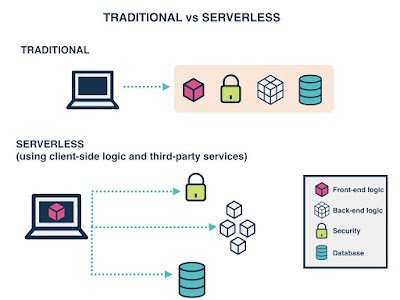Serverless, the new buzzword in town has been gaining a lot of attention from the pros and the rookies in the tech industry, sounds relieving though, knowing a lot of your daylight hours go into implementing, maintaining, debugging, and monitoring the infrastructure.
With all of that infrastructure heavy lifting out of the way, we really can focus on the business goals our applications serve. A lot of productive efforts could be channeled in the right direction, where they were meant to be ideally. Maybe it sounds too good to be true, but this is the way things should have been. At least for those of you who cant afford to spend a lot of time caught up in the web of intricacies in modern complex infrastructure.
Expectations apart, Serverless is really breaking ground in its path to disrupt your server infrastructure. Serverless is already used in production by companies like Netflix, Reuters, AOL, and Telenor. Industry-wide adoption is constantly increasing. Serverless is all set to take up its own place, but don’t expect Serverless to conquer your infrastructure completely. There will be use cases where serverless might prove to be the wrong choice.
So, What is Serverless?
Serverless is a cloud computing execution model where the cloud provider dynamically manages the allocation and provisioning of servers. A serverless application runs in stateless compute containers that are event-triggered, ephemeral (may last for one invocation), and fully managed by the cloud provider. Pricing is based on the number of executions rather than pre-purchased compute capacity, isn’t it the ideal framework for that project you have been planning since a long time? Well, go ahead do it.
Serverless applications are event-driven cloud-based systems where application development rely solely on a combination of third-party services, client-side logic and cloud-hosted remote procedure calls (Functions as a Service).
Most of the cloud providers have invested heavily in serverless and thats a lot of money;
Principles of FaaS:
- A. Complete management of servers
- B. Invocation based billing
- C. Event-driven and instantaneously scalable
 |
SERVERLESS picture base Pic source : https://www.gocd.org/2017/06/26/serverless-architecture-continuous-delivery/ |



